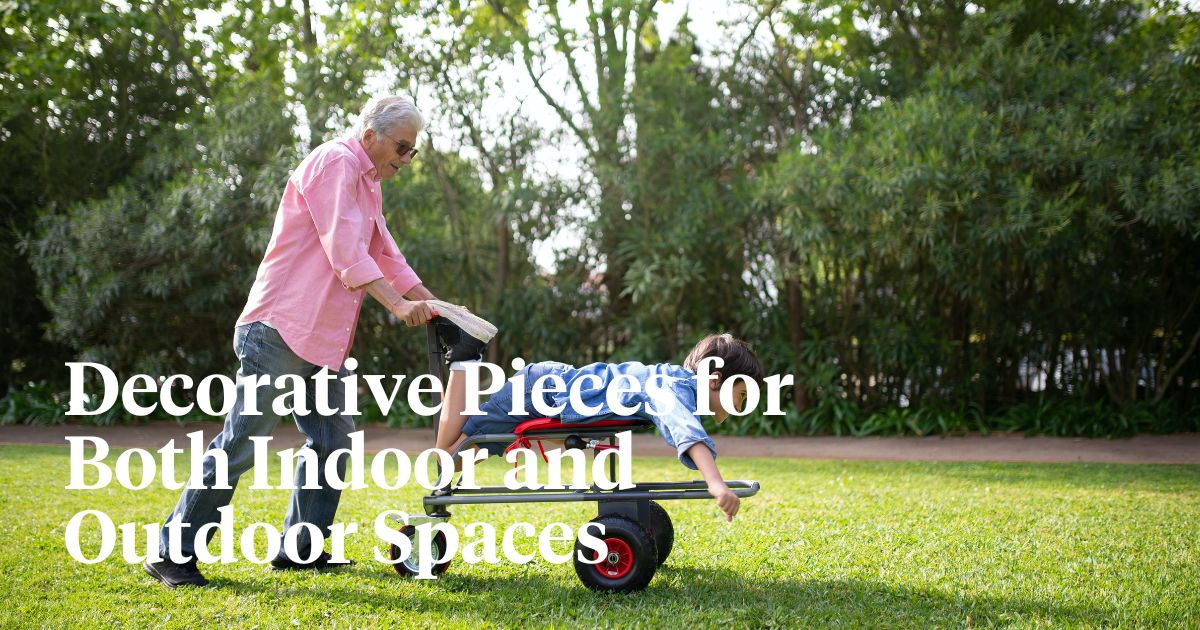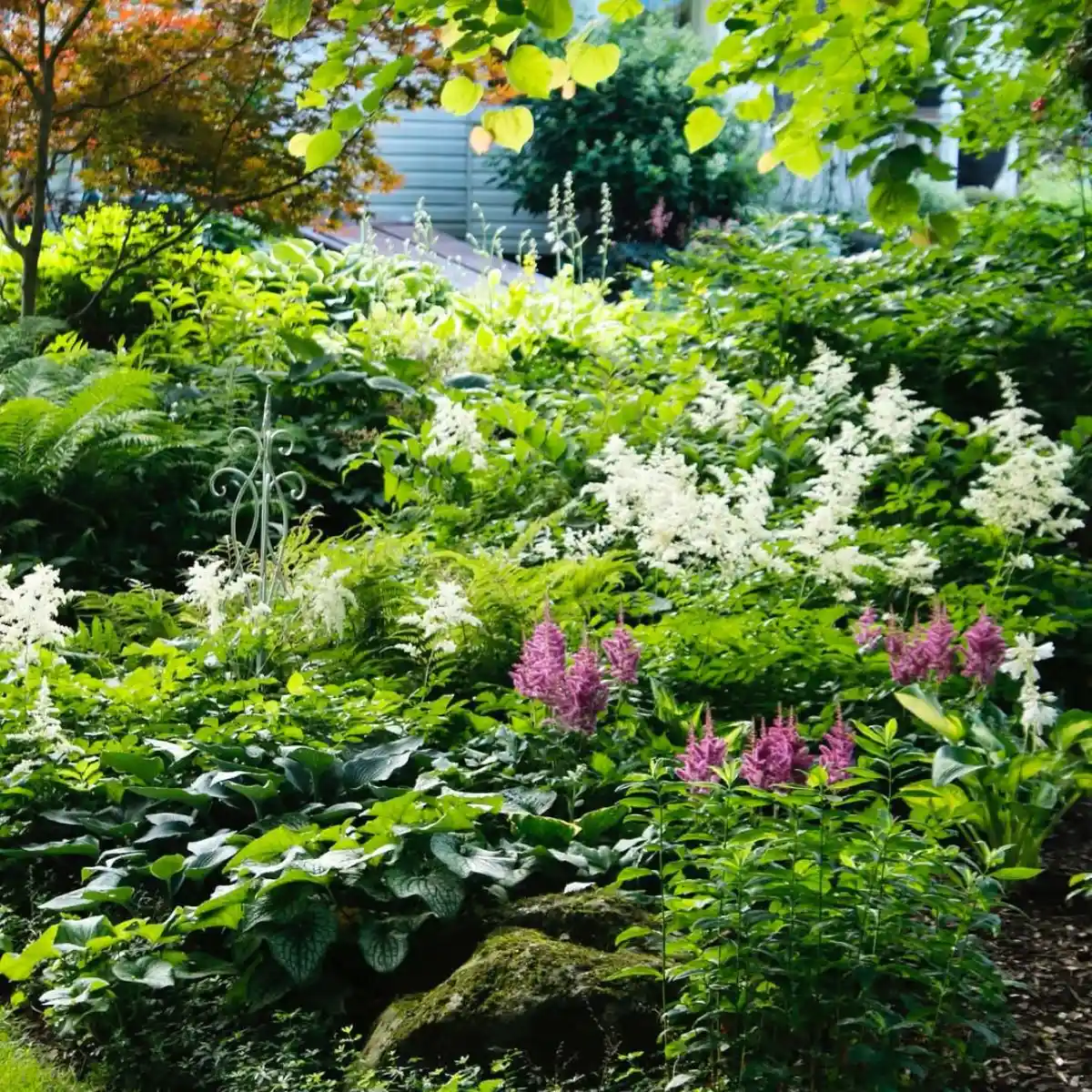What do you do when your trusty wheelbarrow starts showing its age and becomes more of a garden eyesore than a helper? It's a common dilemma for garden enthusiasts. Wheelbarrows don't last forever, and disposing of them isn't as straightforward as one might think.
The challenge here is not just getting rid of it, but doing so responsibly. Read on to find out how you can manage your old garden gear in a sustainable way.
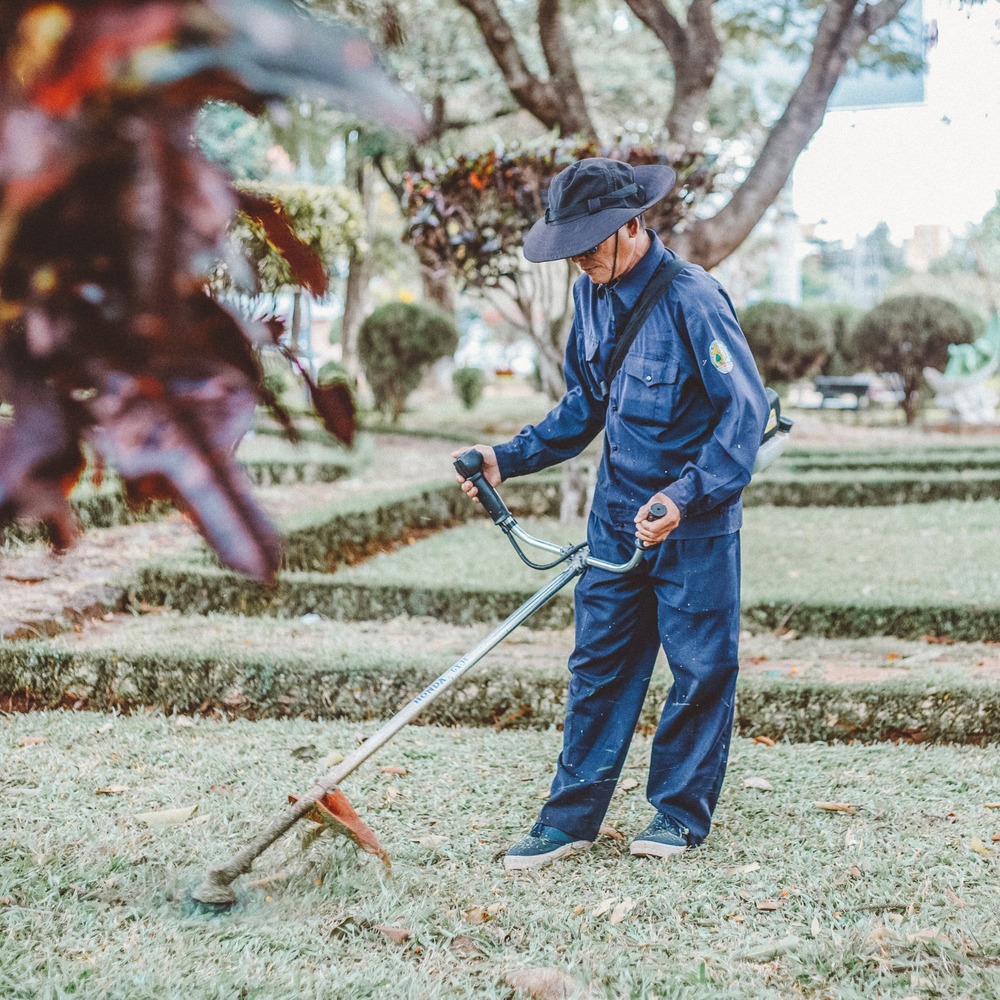
Creative Repurposing Ideas for Old Wheelbarrows
Repurposing old wheelbarrows is a great way to give these sturdy tools a new lease on life. These versatile items can be transformed into functional and decorative pieces for both indoor and outdoor spaces.
Transforming Wheelbarrows into Planters
One of the most popular and straightforward ways to repurpose an old wheelbarrow is by turning it into a flower planter. This approach is ideal for adding a touch of rustic charm to your garden.
Here's a brief guide on how to do this:
- Assess the Condition: First, examine your wheelbarrow for any major damage. Minor rust and wear can add to the rustic appeal, but ensure it's structurally sound.
- Preparation: Clean the wheelbarrow thoroughly to remove any dirt, debris, or loose rust. If there are holes, you might want to leave them for drainage or patch them up, depending on your preference.
- Paint and Decorate (Optional): To give your wheelbarrow a fresh look, apply a coat of outdoor paint. You can get creative with colors and patterns to match your garden's aesthetic.
- Add Drainage and Soil: If there aren't natural drainage holes, drill a few in the bottom. Then, line the base with gravel or broken pottery for improved drainage. Fill it with a suitable potting mix.
- Planting: Choose plants that suit the wheelbarrow's size and the available sunlight in its final location. You can go for colorful annuals, perennials, or even small shrubs. Edible plants, like herbs and some vegetables, can also thrive in this setup.
- Placement: Position your wheelbarrow planter in a spot that complements your garden layout. It can serve as a focal point or blend in with the existing landscape.
- Maintenance: Regularly water and care for your plants as you would in any other container garden. Remember to move the wheelbarrow to different spots if needed to ensure adequate sunlight.
There are countless variations of this basic idea. For instance, you can create a themed fairy garden, a vibrant display of seasonal flowers, or even a mobile herb garden. The beauty of this project lies in its flexibility and the personal touch you can add to it.
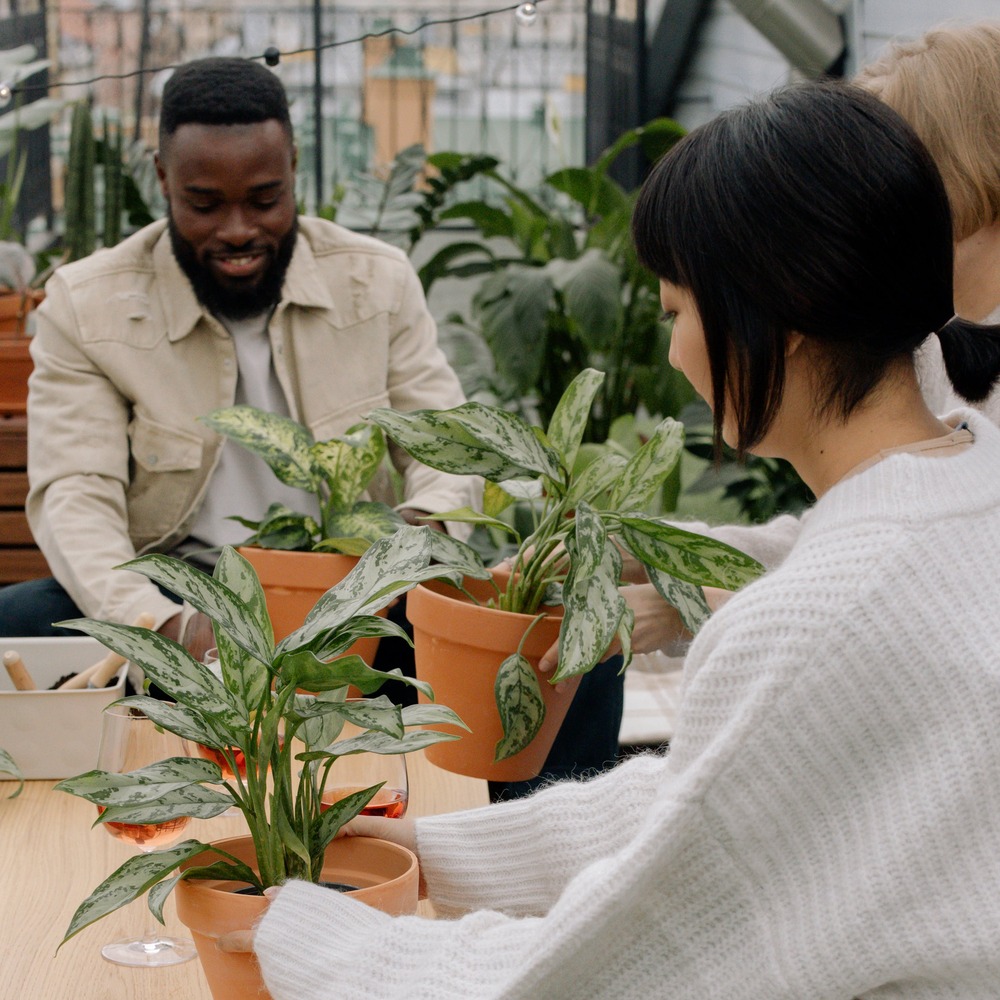
Upcycling into Unique Furniture Pieces
You can transform old wheelbarrows into unique and practical pieces, which include the following:
- Magazine Stand: By painting the base and sides to match your decor and adding S hooks for magazines, you create an eye-catching piece that's as functional as it is unique.
- Pot Rack: After painting it for rust protection, attach metal rods on each side to create shelves for kitchen utensils. This creative solution adds a rustic charm to your kitchen while keeping pots and pans within easy reach.
- Bookshelf: By sawing off one side, adding a wooden base, and creating shelves, you get a unique storage solution that's sure to be a conversation starter.
- Toy Box: Wheelbarrows make excellent toy boxes due to their sturdy design and spacious interior. A fresh coat of paint and some comfy cushions can turn it into an attractive and functional piece for children's play areas.
- Wine Rack: In making a rustic wine rack, you can choose from several designs, like horizontal layouts for showcasing vintages or vertical stackers for a more compact arrangement.
- Laundry Basket: This project offers a unique way to separate clean and dirty clothes. Do this by attaching a dry cleaning rack to the upper handle for hanging clothes and adding baskets for smaller items.
Innovative Uses as Decorative Elements
Now here’s a look at some creative ways these traditional garden tools can be repurposed as decorative elements:
- Wheelbarrow Coffee Table: An old wheelbarrow can be converted into a quirky coffee table, which can infuse a rustic charm into your living space. This project involves minor modifications like stabilizing the wheelbarrow and adding a flat surface on top.
- Seasonal Wheelbarrow Displays: Wheelbarrows can be decorated with flowers, pumpkins, or festive ornaments, depending on the time of year, and placed in prominent areas like your front yard or near the mailbox to create a visually appealing focal point.
- Fairy Gardens: This can be an indoor or outdoor project where you can let your imagination run wild with miniature plants, figurines, and decorative elements. The goal is to create a magical little world within the confines of the wheelbarrow.
- DIY Mosaic Wheelbarrow Garden Décor: Adding a mosaic design to an old wheelbarrow can elevate it from a mere garden tool to an artistic outdoor decoration. This can be done using broken tiles or glass pieces to create a stunning mosaic pattern that adds color and texture to your garden.
Need some inspiration to get going? There you go:
https://youtu.be/Jf2Q6lG6rCU?feature=shared
Tips for Recycling Wheelbarrows
Wheelbarrows, as everyday gardening and construction tools, often reach a point where they need to be discarded. However, before you consider disposal, it's worth exploring recycling options, especially given the environmental impact of waste.
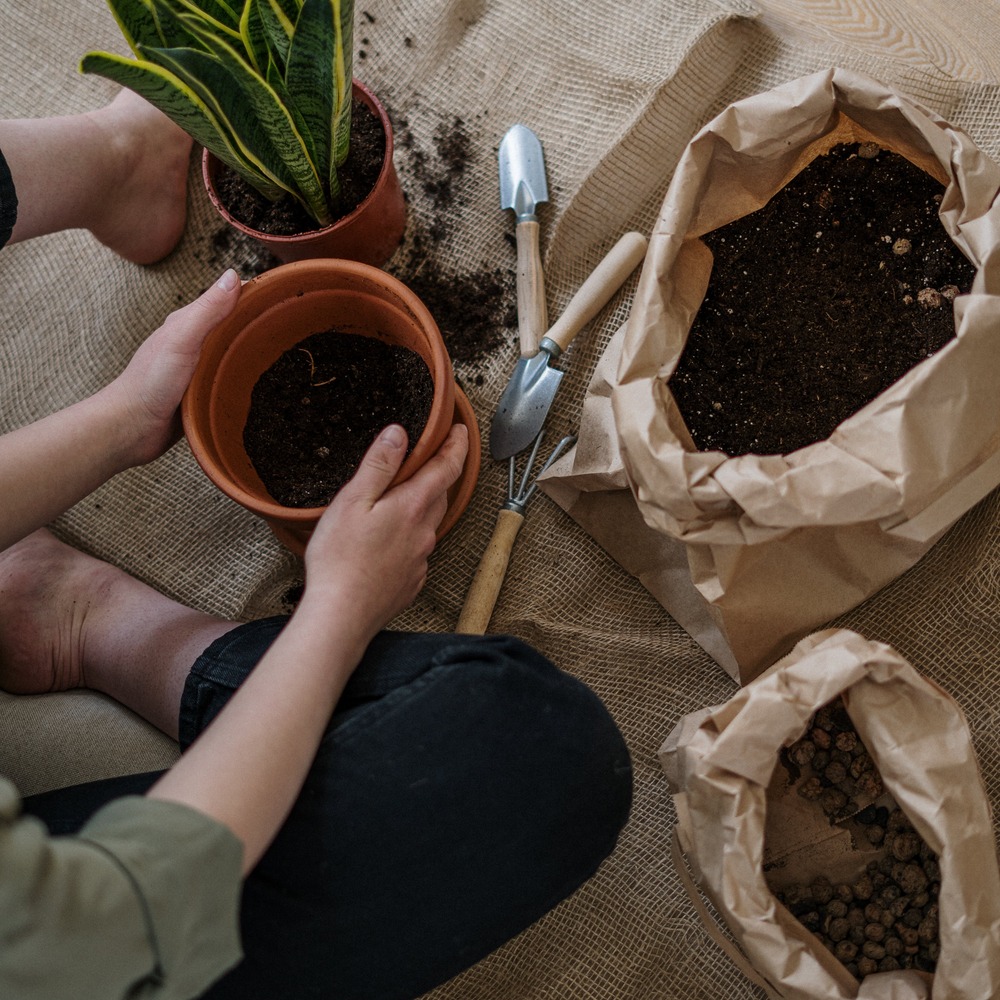
Assessing the Material for Recycling Compatibility
The recyclability of a wheelbarrow largely depends on its material. Most wheelbarrows are made from plastic, metal, or a combination of both. While metals are typically recyclable, the plastic used in wheelbarrows poses a challenge.
Some types of plastics used in wheelbarrows are not recyclable due to their chemical composition, such as thermoset plastics, which form irreversible bonds that cannot be remelted. It's essential to identify the type of plastic your wheelbarrow is made from, as some may be compatible with recycling programs while others are not.
Disposal Guidelines for Non-recyclable Parts
The non-recyclable components of your wheelbarrow, especially certain plastics, can significantly impact the environment. We spoke with Avraham Badush from EZ CleanUp Junk Removal. According to him, 'Many homeowners are unaware of the best practices for disposing of non-recyclable items. Your first reference point should be local waste management guidelines. Generally, non-recyclable materials should go in regular trash. However, I advise segregating recyclable and non-recyclable components. This responsible approach can help minimize environmental damage.
Embracing Creativity and Sustainability in Garden Gear Disposal
There are many sustainable ways to repurpose and recycle old wheelbarrows, which can also help you explore your creative side. From transforming them into charming planters and unique furniture pieces to innovative decorative elements, these ideas breathe new life into what might otherwise be discarded.
Remember, the key to responsible disposal lies in recognizing the materials' recyclability and finding appropriate local recycling solutions. By adopting these creative and eco-friendly practices, you're enhancing your garden's aesthetics while contributing positively to environmental sustainability.

